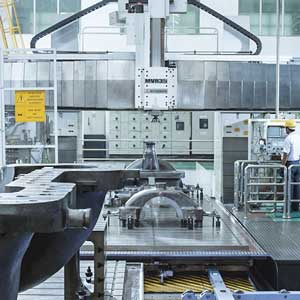THANK YOU FOR SUBSCRIBING
Editor's Pick (1 - 4 of 8)

Benjamin Kuppe, Director of Business Intelligence, Monash Health
In its simplest form, irrespective of how it is defined, organisations are trying to use data and technology to solve business problems and improve performance.
When we understand this the challenge becomes less about transitioning from one technology to another and more about building capability. In terms of capability the question becomes: does my team or organisation have the right people, technology platforms and processes to maximise the opportunities which data and technology provide?
• People – do I have existing people with the right skills or can I train them up? Do I need to buy in external expertise in the form of consultants or contractors?
• Technology – do we have the best technology platforms or do we need to upgrade? How quickly can we make use of new technologies when they become available?
When I am hiring I look for motivated, solutions focused and customer oriented people, not necessarily someone with the best technical skills. Whilst it is important they have solid technical and data skills the most important thing is to have a solutions focused attitude and a willingness to learn new technologies and ways of doing things.
With respect to technology it is important to have adaptable and flexible platforms. The cloud provides a great opportunity here as it enables server environments and new technologies to be provisioned quickly. All major vendors now have software as a service (SAAS) offerings which means there is no need to purchase and maintain physical hardware, this all happens seamlessly behind the scenes. A major benefit of SAAS is that you’re always using the latest version of a piece of software meaning you always have access to the latest features.
Even when an organisation has access to the latest technologies there is still no guarantee that staff will want to use them. Most people want their job to be as easy as possible, but they don’t really care what product or technology they use. If a 10 year old technology is doing everything that is required then there may be no need to reinvent the wheel. Therefore, it is essential to get stakeholder buy in form the very beginning before beginning a new project.
Transitioning from traditional BI to AI can be challenging. However, when the focus remains on building a high performing team supported by flexible technology platforms then the challenge becomes less. And when each project starts by clearly defining the business problem and gaining stakeholder support early on, then introducing a new technology becomes far easier.








.jpg)




